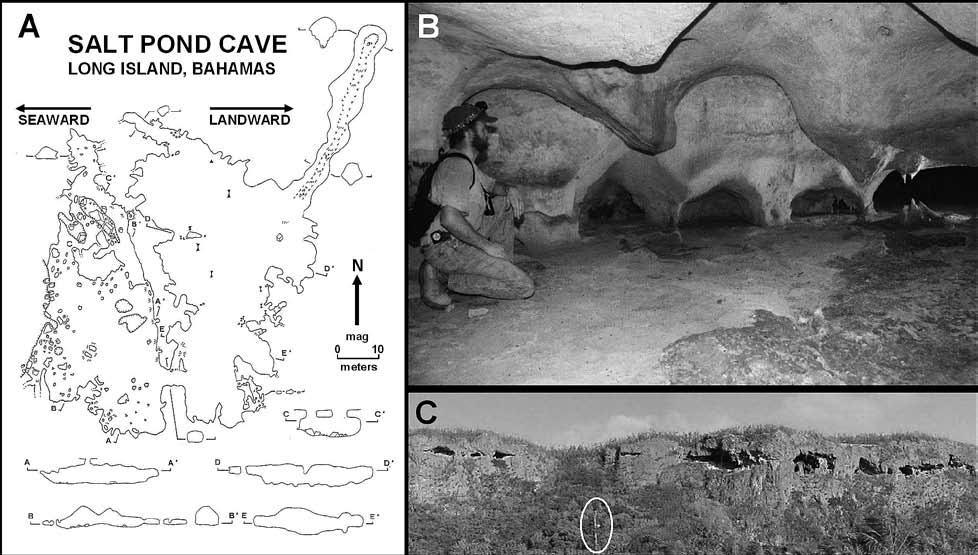Flank Margin Cave Development in Telogenetic Limestones of New Zealand
DOI:
https://doi.org/10.3986/ac.v37i1.157Povzetek
Coastal limestone outcrops, typically with advanced levels of diagenetic maturity (i.e., are telogenetic carbonates), were examined on NorthIsland (Raglan Harbour, Kawhia Harbour, Napier, and Waipu Cove) and SouthIsland (Pohara, Paturau River, Punakaiki, Kakanui, and Kaikoura), New Zealand, to determine if flank margin caves, produced by mixing dissolution, were present. In coastal settings, caves in carbonate rock can be the outcome of pseudokarst process, primarily wave erosion, as well as karst processes not associated with freshand sea-water mixing suchas epikarst features and conduit-flow stream caves. Flank margin caves were successfully differentiated from other cave types by the following criteria: phreatic dissolutional morphologies at the wall rock and chamber scales; absence of high-velocity, turbulent-flow wall sculpture and sediment deposits; and lack of integration of adjacent caves into a continuous flow path. The active tectonics of New Zealand creates a variable sea-level situation. The relatively short time of sea-level stability limits the size of the New Zealand flank margin caves compared to tectonically-stable environments, suchas the Bahamas, where glacioeustasy alone controls sea-level stability. Uplift events can be identified as slow and steady when the flank margin caves are uniformly elongated in the vertical direction, and episodic when the flank margin caves show widening and tube development at discrete horizons that cut across rock structure. New Zealand flank margin caves contain information on uplift duration and rates independent of other commonly used measures, and therefore can provide a calibration to other methods.
Prenosi

Prenosi
Objavljeno
Kako citirati
Številka
Rubrike
Licenca
Avtorji jamčijo, da je delo njihova avtorska stvaritev, da v njem niso kršene avtorske pravice tretjih oseb ali kake druge pravice. V primeru zahtevkov tretjih oseb se avtorji zavezujejo, da bodo varovali interese založnika ter da bodo povrnili morebitno škodo.
Podrobneje v rubriki: Prispevki




